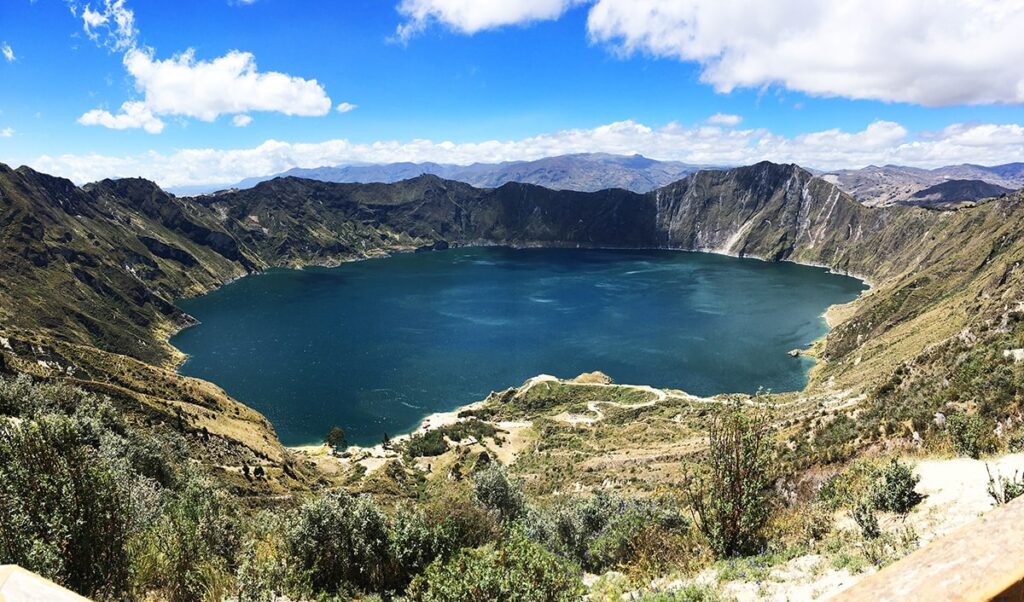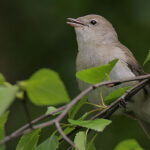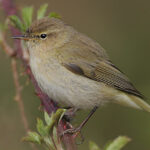1. Quito: The capital city of Quito is a UNESCO World Heritage Site and is considered the best-preserved urban center in all of Latin America
2. Biodiversity: Ecuador is home to more than 1,600 bird species and 6,000 summer bird species, making it one of the 17 ‘megadiverse’ countries in the world. Ecuador is also the most biodiverse country in the world in terms of species per km2 and the 8th most biodiverse country in the world overall
3. Rights of nature: Ecuador was the first country in the world to make natural rights part of its constitution
4. Chimborazo: Ecuador’s highest point, Chimborazo (6,267 m), is a volcano that is the world’s furthest point from the center of the Earth – despite the fact that Chimborazo is not the highest mountain on Earth. The explanation behind this phenomenon is that due to its elliptical shape, the Earth bulges around the equator, bringing the surface further away from the center of the Earth than other parts of the planet
5. Length of days: Due to Ecuador’s location on the equator, there is very little difference in day length throughout the year. The sun therefore rises around 6:00 am on every day of the year
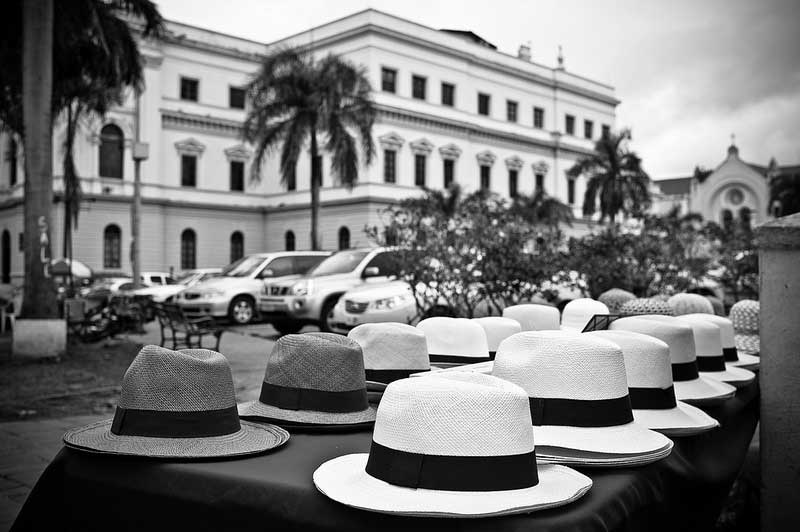
Fact: The world-famous ‘Panama hat’ originated in Ecuador – not Panama as the name suggests
6. Cotopaxi: Ecuador is home to the world’s highest active volcano, Cotopaxi, which measures approximately 5,900 m. Cotopaxi is also Ecuador’s most active volcano
7. Voter turnout: Electoral participation (i.e. voting) is mandatory for all Ecuadorians aged 18-65
8. Oil: 40% of Ecuador’s exports are oil
9. US dollars: As a result of an economic crisis, the currency in Ecuador has been the US dollar since 2000. However, due to a shortage of coins, the Ecuadorian government produces its own coins called ‘centavo’. Before the dollar, the country’s currency was the so-called ‘Sucre’, which was named after Bolivia’s 2nd president; Antonio José de Sucre.
10. Emigration: Due to economic instability in their home country, around 2-3 million Ecuadorians live abroad – many of them in Spain
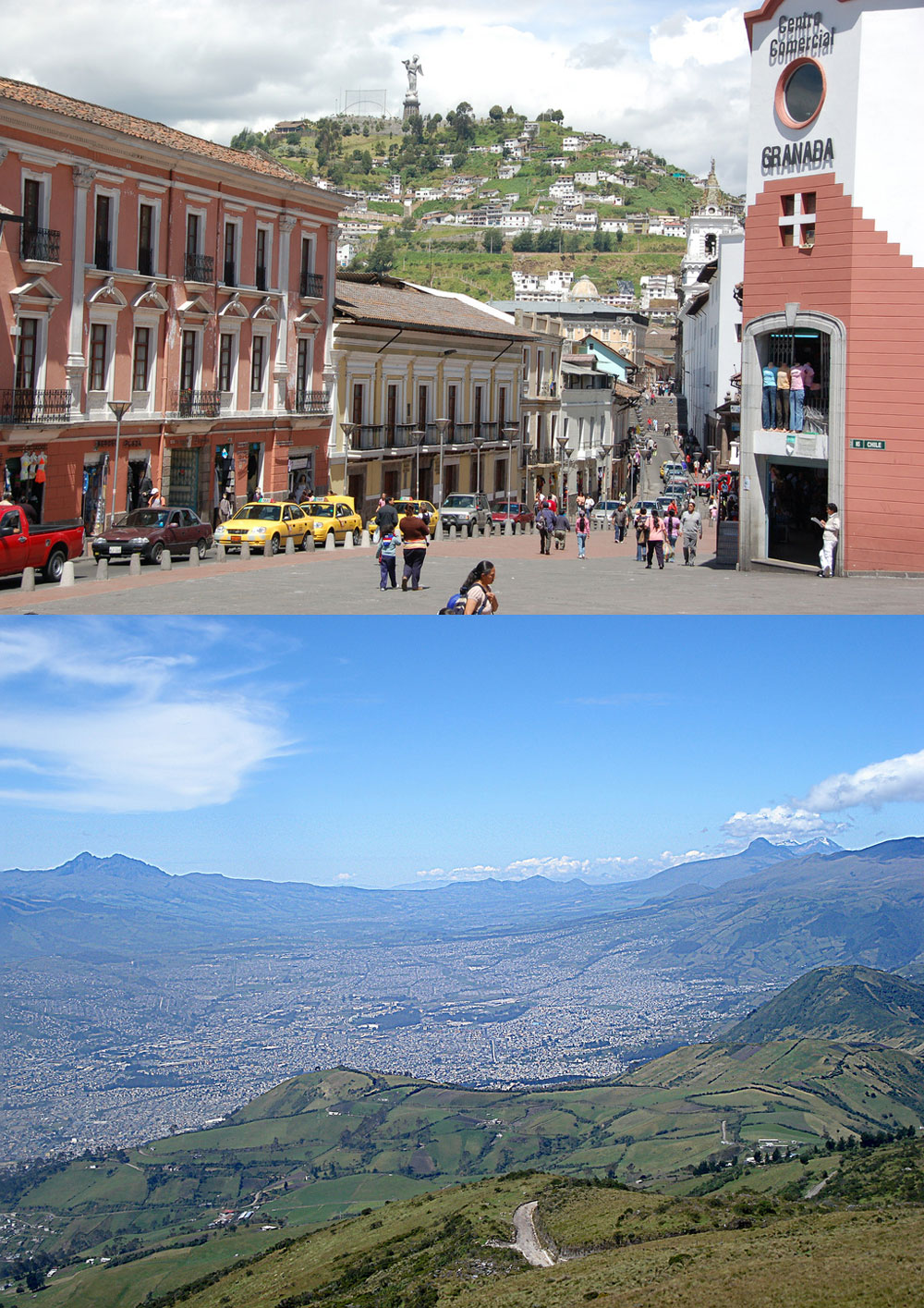
Ecuador’s capital Quito has the most well-preserved historic city center in all of Latin America

